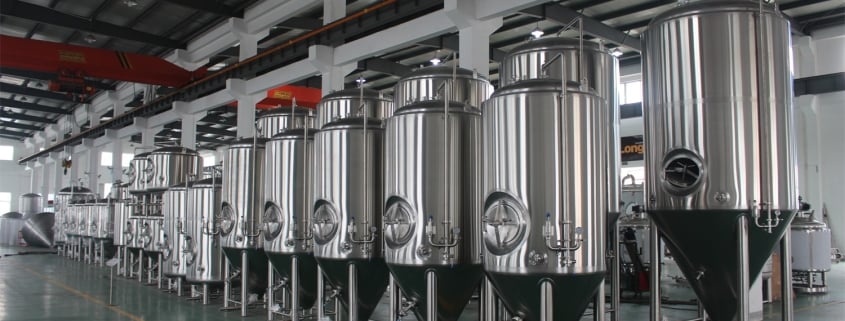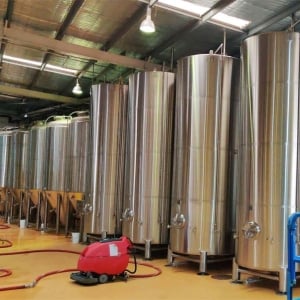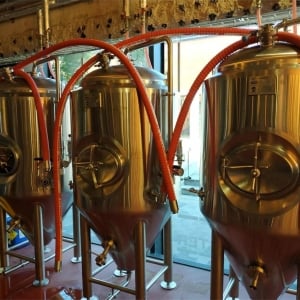beer making equipment kits
Welcome to the wonderful world of homebrewing! If you’ve ever fantasized about raising a glass of your own creation, crafted with passion and personalized to your taste buds, then this guide is for you. Today, we’ll delve into the fascinating realm of beer making equipment kits, providing all the information you need to embark on your homebrewing journey with confidence.
Overview: Beer Making Equipment Kits
Beer making equipment kits are essentially starter packs that bundle the essential tools required to brew your own beer at home. Imagine them as your personal launchpad into a fulfilling and rewarding hobby. These kits typically encompass the core equipment needed for the brewing process, often including:
- A kettle for boiling the wort (unfermented beer)
- A fermenter, which is a container where the magic of fermentation happens
- An airlock, a nifty gadget that allows CO2 to escape while preventing unwanted contaminants from entering your brew
- Bottles or a bottling bucket for packaging your finished beer
- Additional elements like tubing, a hydrometer (to measure sugar content), and a bottle capper might also be included
While the specific contents of a kit can vary depending on the manufacturer and the type of beer you plan to brew, most kits offer a solid foundation to get you started.
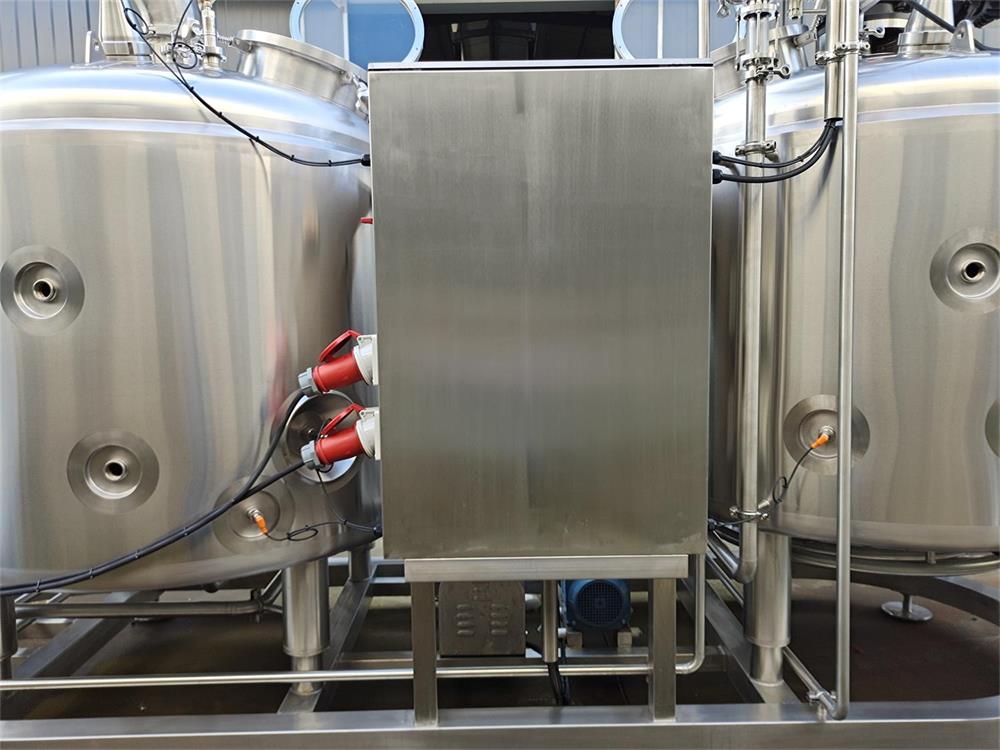
Features of Beer Making Equipment Kits
Now, let’s dissect the key features to consider when choosing a beer making equipment kit:
1. Batch Size: Beer making equipment kits come in various sizes, typically ranging from 1 gallon all the way up to 5 gallons. A 1-gallon kit is perfect for experimenting with new recipes or brewing small batches, while a 5-gallon kit allows you to produce a larger quantity, ideal for sharing with friends and family.
2. Experience Level: Many kits cater to specific experience levels. Beginner kits often prioritize simplicity and ease of use, featuring user-friendly instructions and essential equipment. As your expertise grows, you can graduate to more advanced kits that might include additional tools or higher-quality components.
3. Beer Style: Some kits cater to specific beer styles, such as IPAs or stouts. These kits often include pre-measured malt extract and hops, streamlining the brewing process and ensuring you achieve the desired flavor profile for your chosen style.
4. Expandability: Consider whether the kit offers the potential to expand your brewing operation in the future. Perhaps it uses universal components that can be easily integrated with additional equipment as you delve deeper into homebrewing.
5. Budget: Beer making equipment kits range in price depending on the factors mentioned above. Beginner kits are often the most affordable option, while advanced kits with premium components will naturally have a higher price tag.
Here’s a table summarizing the key features of beer making equipment kits:
| Feature | Description |
|---|---|
| Batch Size | Ranges from 1 gallon to 5 gallons |
| Experience Level | Beginner, Intermediate, Advanced |
| Beer Style | May include pre-measured ingredients for specific styles |
| Expandability | Consider if the kit allows for future upgrades |
| Budget | Varies depending on size, features, and quality |
Choosing the Perfect Beer Making Equipment Kit
With a plethora of beer making equipment kits on the market, selecting the ideal one might seem daunting. But fear not! By considering these following factors, you’ll be well on your way to choosing the perfect kit for your needs:
- Your Experience Level: As a homebrewing newbie, a beginner kit with clear instructions and basic equipment is the way to go. Seasoned brewers can explore kits with more intricate components or those designed for specific beer styles.
- Batch Size: Think about how much beer you plan to brew per batch. If you’re brewing for yourself or a small group, a 1-gallon kit might suffice. If you envision hosting gatherings and sharing your homebrews, a 5-gallon kit might be a better fit.
- Budget: Determine how much you’re comfortable investing in your homebrewing setup. Beginner kits are generally the most affordable, while advanced kits with top-of-the-line equipment will naturally cost more.
Here’s a table outlining additional considerations when choosing a beer making equipment kit:
| Factor | Description |
|---|---|
| Brand Reputation | Research the brand’s reputation for quality and customer service |
| User Reviews | Read reviews from other homebrewers to get insights |
| Warranty | Consider the warranty coverage offered by the manufacturer |
The Brewing Process: From Grain to Glass
Now that you’re armed with the knowledge to choose your ideal kit, let’s embark on the captivating journey of brewing your own beer! While the specifics might differ slightly depending on the type of beer you’re brewing and the kit you’ve chosen, here’s a general overview of the process:
1. Sanitation is Key: Cleanliness is paramount in homebrewing, as it prevents unwanted bacteria from spoiling your creation. Most kits will include instructions on sanitizing your equipment. This typically involves using a no-rinse sanitizer or a boiling water rinse.
2. Steeping the Grains (For All-Grain Brewing): If your kit utilizes whole grains (all-grain brewing), you’ll begin by steeping the grains in hot water. This process extracts the flavor, color, and sugars from the grains, forming the wort (unfermented beer).
3. Boiling the Wort: The wort is then brought to a boil. During this stage, hops are added at specific intervals, infusing bitterness, aroma, and acting as a natural preservative.
4. Cooling the Wort: Once boiling is complete, the wort needs to be chilled rapidly to a temperature suitable for yeast pitching (around 68°F for ales and 55°F for lagers). This is often achieved using an immersion chiller or a wort chiller.
5. Fermentation: The chilled wort is transferred to your fermenter, where yeast is introduced. These tiny organisms consume the sugars in the wort and produce alcohol and CO2 as byproducts. This magical process of fermentation is what transforms your wort into beer! Fermentation typically takes 1-2 weeks, and airlocks are used to allow CO2 to escape while preventing contamination.
6. Bottling or Kegging: After fermentation is complete, you can bottle your beer for secondary fermentation and carbonation or transfer it to a keg for quicker carbonation and serving on tap. Bottling typically involves priming your beer with a measured amount of sugar, which creates CO2 during secondary fermentation in the bottle. Kegging offers faster enjoyment and allows for easier dispensing with less waste.
7. Patience is a Virtue: After bottling or kegging, allow your beer sufficient time to carbonate and mature. Depending on the style of beer, this can take anywhere from a few weeks to a few months. The reward? A refreshing, home-brewed beverage bursting with flavor and a sense of accomplishment!
Here’s a table outlining the different stages of the brewing process:
| Stage | Description |
|---|---|
| Sanitation | Cleaning and sanitizing all equipment to prevent contamination |
| Steeping Grains (All-Grain) | Extracting flavor and color from grains in hot water |
| Boiling the Wort | Bringing the wort to a boil and adding hops for bitterness, aroma, and preservation |
| Cooling the Wort | Rapidly chilling the wort to a suitable temperature for yeast pitching |
| Fermentation | Yeast consumes sugars in the wort, producing alcohol and CO2 |
| Bottling or Kegging | Packaging the beer for secondary fermentation and carbonation |
| Conditioning | Allowing the beer sufficient time to carbonate and mature |
Suppliers of Beer Making Equipment Kits
Now that you’re eager to dive into the world of homebrewing, here are some reputable suppliers offering a wide range of beer making equipment kits:
- Northern Brewer: A leading supplier of homebrewing equipment and ingredients, Northern Brewer offers a comprehensive selection of kits for all experience levels and brewing styles. They are known for their high-quality products, informative resources, and excellent customer service. https://www.northernbrewer.com/
- Midway Supplies: Another well-established name in the homebrewing world, Midwest Supplies offers a diverse range of kits, from beginner-friendly to advanced options. They also provide a wealth of educational resources and helpful guides for homebrewers. https://www.midwestsupplies.com/
- Brooklyn Brew Shop: Located in Brooklyn, New York, this brick-and-mortar shop also boasts a robust online presence. They offer a curated selection of beer making equipment kits, alongside specialty ingredients and educational resources. https://brooklynbrewshop.com/pages/instructions
- Mr. Beer: A household name in homebrewing, Mr. Beer offers a fantastic option for beginners. Their kits are known for their simplicity and ease of use, making them a perfect entry point for those new to the hobby. https://www.mrbeer.com/
Here’s a table outlining the suppliers mentioned above along with their price ranges:
| Supplier | Price Range (USD) | Website |
|---|---|---|
| Northern Brewer | Beginner Kits: $30-$50, Advanced Kits: $100-$300+ | https://www.northernbrewer.com/ |
| Midwest Supplies | Beginner Kits: $20-$75, Advanced Kits: $150-$400+ | https://www.midwestsupplies.com/ |
- Brooklyn Brew Shop | Beginner Kits: $40-$80, Advanced Kits: $125-$500+ | https://brooklynbrewshop.com/ |
- Mr. Beer | Kits: $40-$70 | https://www.mrbeer.com/ |
Installation, Operation, and Maintenance
While the specific instructions will vary depending on your chosen kit, here’s a general overview of installation, operation, and maintenance for beer making equipment kits:
Installation:
- Most kits are relatively straightforward to set up. Follow the manufacturer’s instructions carefully, which typically involve assembling components, sanitizing equipment, and familiarizing yourself with the brewing process.
Operation:
- Each stage of the brewing process (sanitation, steeping/boiling, cooling, fermentation, bottling/kegging) will have specific instructions outlined in your kit’s manual. It’s crucial to follow these steps meticulously to ensure a successful and enjoyable brewing experience.
Maintenance:
- Proper cleaning and sanitation are essential after each use to prevent bacteria growth and contamination. This typically involves washing your equipment with hot, soapy water and rinsing it thoroughly with a no-rinse sanitizer.
- Some equipment, like kettles and fermenters, might require occasional deeper cleaning with specialized cleaning solutions.
- Regularly inspect your equipment for any signs of wear and tear, replacing components as needed to maintain optimal brewing performance.
Choosing the Right Supplier
With a multitude of beer making equipment kit suppliers vying for your business, selecting the right one can feel overwhelming. Here are some key factors to consider:
- Product Selection: Does the supplier offer a variety of kits suitable for your experience level and desired brewing style?
- Price Range: Kits range in price depending on factors like size, features, and quality. Determine your budget and choose a supplier that aligns with your financial comfort zone.
- Customer Service: A reputable supplier will offer excellent customer service, providing assistance with product selection, troubleshooting, and any questions you might have during your homebrewing journey.
- Educational Resources: Does the supplier provide access to educational resources such as online guides, articles, or video tutorials? These resources can be invaluable for both beginners and experienced homebrewers.
Pros and Cons of Beer Making Equipment Kits
Pros:
- Convenience: Beer making equipment kits provide a convenient and all-inclusive solution for beginners, offering all the essential tools you need to get started.
- Ease of Use: Most kits are designed with user-friendliness in mind, featuring clear instructions and straightforward processes.
- Cost-Effective: Compared to purchasing individual equipment pieces, kits can be a more cost-effective option, especially for beginners who are unsure of their long-term commitment to the hobby.
- Variety: Kits come in a wide range of sizes, styles, and experience levels, ensuring you can find the perfect option to suit your needs and preferences.
Cons:
- Limited Upgradability: Some kits might not offer the flexibility to upgrade individual components as your brewing expertise grows.
- Quality Variations: The quality of equipment within kits can vary depending on the supplier and price point. Carefully research the brand and compare features before making a purchase.
- Limited Control: Pre-measured ingredients in some kits can limit your creative control over the final flavor profile of your beer.
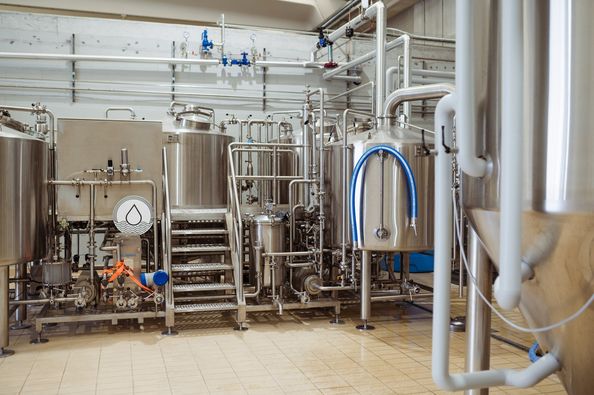
FAQ
Q: How much time does it take to brew a beer?
A: The brewing process can take anywhere from a few weeks to a few months, depending on the style of beer. Lagers, for example, require longer fermentation times compared to ales. Additionally, the time it takes to bottle or keg your beer and allow it to carbonate also factors into the overall timeline.
Q: Is homebrewing difficult?
A: Homebrewing can be as easy or challenging as you make it. Beginner kits are designed for ease of use, and there are plenty of resources available to guide you through the process. As you gain experience, you can delve into more intricate brewing techniques and experiment with different styles.
Q: What is the cost of homebrewing?
A: The cost of homebrewing can vary depending on several factors:
- Equipment: Beginner kits are a cost-effective way to get started, typically ranging from $20 to $75. As your experience grows, you might invest in higher-quality equipment or additional tools, increasing the overall cost.
- Ingredients: The cost of ingredients will depend on the style of beer you’re brewing and the quality of the ingredients you choose. Generally, a 5-gallon batch of beer can cost anywhere from $30 to $50 for basic ingredients like malt extract and hops. Specialty grains and exotic hops will naturally drive the cost up.
- Bottling/Kegging: Bottling requires purchasing bottles, caps, and a capper. Kegging requires purchasing a keg, which can be a significant upfront investment. However, kegging offers advantages like faster carbonation, easier dispensing, and less waste compared to bottling.
Q: Where can I find recipes for homebrewing?
A: There’s a wealth of homebrewing recipe resources available online and in books. Here are a few popular options:
- Online Recipe Databases: Websites like Brewers Friend: https://www.brewersfriend.com/ and Northern Brewer: https://www.northernbrewer.com/ offer extensive recipe databases with a wide variety of beer styles.
- Homebrewing Books: Classic books like “Joy of Homebrewing” by Charlie Papazian and “How to Brew” by John Palmer are excellent resources for beginners and experienced brewers alike.
- Homebrew Supply Stores: Many homebrew supply stores offer recipe kits that include pre-measured ingredients and brewing instructions.
Q: Can I brew beer in my apartment?
A: Yes, brewing beer in an apartment is possible, as long as you have adequate space. However, there are a few things to consider:
- Sanitation: Maintaining a clean and sanitary environment is crucial for successful brewing. Ensure you have a dedicated area for cleaning and sanitizing your equipment.
- Space: The size of your brewing operation will depend on your available space. Consider using a smaller kit or focusing on extract brewing (using malt extract instead of whole grains) if space is limited.
- Odors: The fermentation process can produce some odors. Proper ventilation is essential to prevent strong brewing aromas from lingering in your apartment.
Q: What are some safety precautions to take when homebrewing?
A: Homebrewing is generally a safe hobby when proper precautions are taken. Here are some key safety tips:
- Sanitize Everything: Contamination can spoil your beer and make you sick. Always sanitize all equipment thoroughly before use.
- Handle Hot Liquids with Care: Boiling wort can cause burns. Use heat-resistant gloves and handle hot liquids with caution.
- Pressurize Kegs Safely: If you choose to keg your beer, ensure your kegs are properly pressurized and inspected for any signs of damage.
- Clean Up Spills Immediately: Hot wort and sanitizer can be slippery. Clean up spills promptly to prevent accidents.

